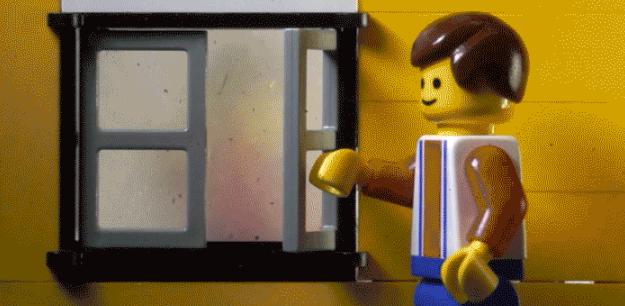Using Adjustable Shading To Prevent Summer Overheating
By Alan Pears
More on windows causing homes to overheat in Summer…
The frustrating thing for me is that good adjustable external shading can fix a lot of the overheating problems.
Roller Shutters Can Be One Shading Answer
Before last summer, I installed those European external roller shutters (made in South Australia, and reasonably priced with solar powered motors) on my most exposed windows, along with a reflective roof coating. Despite a pretty hot summer in Melbourne, my living room never went over 25C with no cooling. In the past it would get to high 20s-30.
Shade Cloth Is Another Excellent Form Of Adjustable Window Shading
I also helped design a lightweight holiday home on the Victorian south coast neary 20 years ago. It had quite a lot of low-e double glazing, which made it fantastic in cooler weather. In summer we would hoist large areas of shade cloth and (with the help of the coastal climate) it was always comfortable without active cooling. My impression is that this was because the shading kept the direct sun off the windows, and the low-e coating reflected the re-radiated heat from the ground and decks. I was there one hot day when I didn’t bother to put up the shading: it was 35C in the living room by 10am!
Unfortunately, The Building Regulations Need Updating On Shading.
A concern to me is that, as far as I understand, the building regulations don’t allow you to rate a home with high performance internal or external adjustable shading. And the basic model assumes the home has fairly light coloured Holland blinds that are pulled down if significant sun falls on the window. This means consideration of effective shading is undermined by the present regulations… Someone needs to do more work on this.




